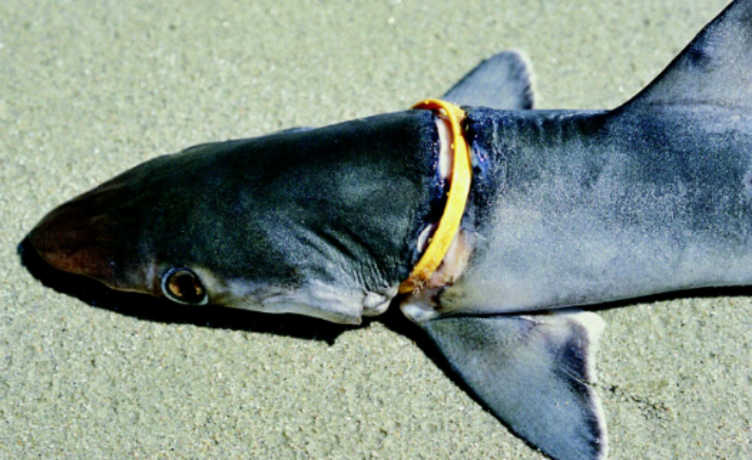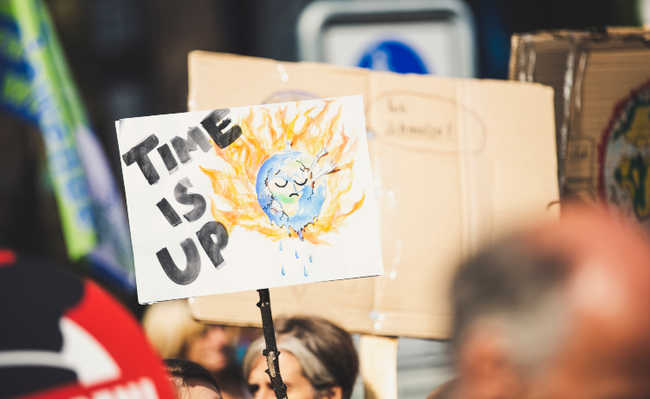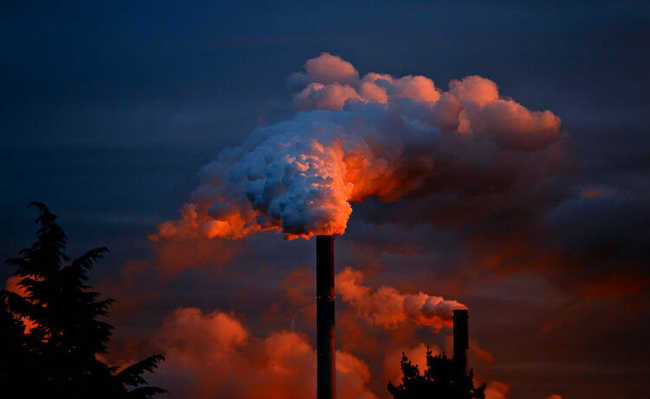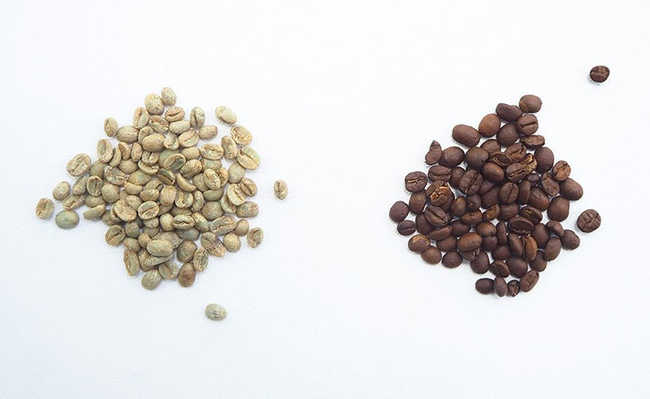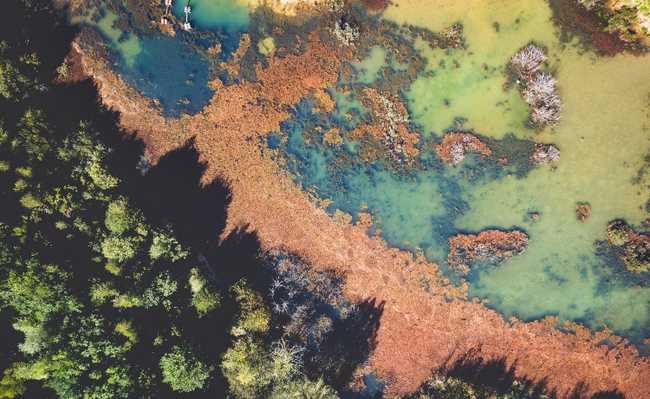The consequences of agricultural development for the environment
Non-conservationist agricultural activities, together with the industrial revolution, are mainly responsible for many impacts on nature.
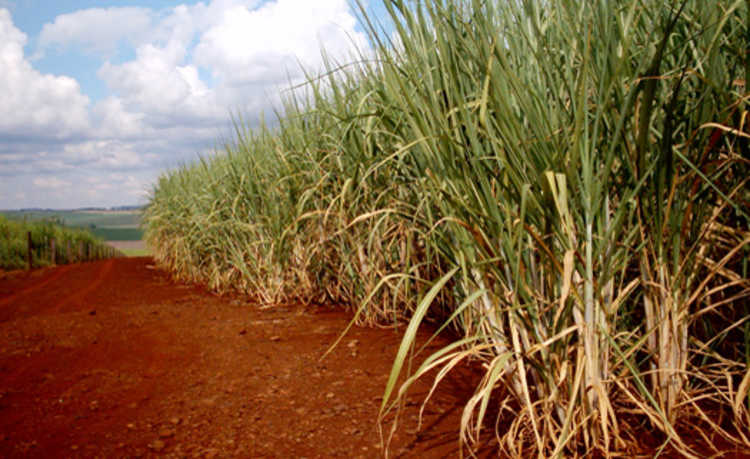
Deforestation, increased greenhouse gas emissions, water and soil contamination are problems that impact today, but whose origins date back a few decades, due to the intensification of the industrialization process and the irrational use of natural resources oriented towards agricultural activities. As a result, there is a global trend in adopting investment measures in the search for renewable energy sources. This does not account for the impacts of agriculture on the environment. In the case of biofuels, this fact causes even greater expansion of productive activities in agriculture. However, this process can be controversial.
According to the FAPESP Agency, the expansion of sugarcane, corn, castor bean, sunflower, soybean, peanut crops, associated with the replacement of the forest by cattle pasture areas, have caused several impacts on the chemical composition, and the biodiversity of water bodies.
These practices are potentially devastating to soil wear, not to mention the numerous related environmental problems. In the case of sugarcane, for example, the use of vinasse (a by-product of alcohol refining) as a fertilizer can be disastrous. Vinasse is rich in nitrogen, a chemical element whose effect in the form of fertilizers can be a serious offense to the balance of the greenhouse effect, as well as an excess in water in rivers and lakes, can favor the growth of algae and the consequent process, known as eutrophication , which causes decreased oxygen in the water, the death and decomposition of many organisms, decreasing water quality and possibly a considerable change in the ecosystem.
The soot produced by burning sugarcane during harvesting, on the other hand, contains a different type of carbon, which can be assimilated to a greater or lesser extent by organisms present in a river. After the material is deposited on the soil or in an aquatic ecosystem, the soot acidifies the soil and water, and this also has serious consequences for ecosystems, as does the issue of ocean acidification caused by deliberate CO 2 emissions into the atmosphere of the planet (see more here).
Consequence
As a result, food products are suffering from high prices and the suspension of new investments in biofuels has already been recommended by the UN, as in addition to the factors discussed so far, their production requires large amounts of water, an increasingly scarce resource due to the growing depletion of groundwater, via consumption or contamination, reserves that are difficult to reconstitute. To produce 1 liter of fuel made from sugarcane, for example, 1.4 thousand liters of water are needed.
Much is said about areas deforested by agriculture, but what few people know is that most of the cleared forests, such as in the Amazon, especially in the south of this one, which starts in the territory of Mato Grosso, does not have agriculture as the only executioner , but livestock, which transforms thousands of kilometers of forest into pastures and then into degraded areas.
This shows that livestock, even in current times, is still extensive and needs a lot of attention, either by consumers (see more here) or in relation to public policies, so that the activity can be practiced responsibly in their different perspectives, including the adequate use of land.
Search
An interesting study supported by FAPESP was carried out to measure nitrogen transfers and fish biodiversity involving two interconnected basins in Rondônia, with the same physical conditions and 800 meters in length each, whose only difference was the fact that one of the basins it was bordered by cattle pasture areas and the other had riparian forest.
The researchers observed that the river that had its vegetation cover modified had only one species of fish, while the watercourse whose riparian forest was maintained had 35 species. The experts' conclusion points out that, when vegetation is removed from the edge of a river, more light and materials penetrate into the water body, causing the water to have less oxygen, which modifies local conditions and affects the biological diversity of the river. ecosystem.
The entire world would collapse without fertile soils, good water, and clean air. The value of services provided by nature seems to be finite, but the justification for such abuses of the environment lies in the growing environmental problem. And with that, many countries are taking control measures to minimize the imbalance of the greenhouse effect, with investments in agroenergy.
However, although the great concern with the expansion of soy, sugarcane and corn crops to produce biofuels is whether the food production areas will be replaced by energy production areas, little has been looked into. water issue. Most of the agroenergy production areas do not have enough water to keep crops with high productivity, in which it will be necessary to irrigate them. This represents another serious problem that will drastically alter the water cycle, according to the survey.
In other words, what seemed to be unequivocal solutions - investment in biofuels and the expansion of food production areas - could mean the opposite in environmental terms. It is necessary to debate whether biofuels can be a really viable alternative, in addition to promoting the discussion about a quality agricultural expansion, whose damage to the environment may be under the necessary control.
Source: FAPESP Agency



